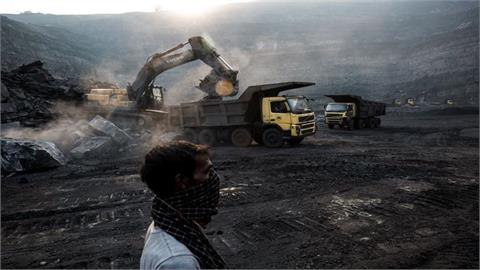Current methane mitigation measures could limit global warming by 0.3 degrees Celsius by 2045 and cut methane emissions up to 45% by 2040s, preventing 255,000 premature deaths annually, according to the Global Methane Assessment report by the UN-led Climate and Clean Air Coalition Thursday.
The report found that implementing widespread measures across the oil and gas, agriculture and waste sectors is the strongest lever available for slowing climate change. Therefore, methane mitigation is seen as one of the most cost-effective strategies to battle global warming.
Methane is a principal component of natural gas, which is promoted by the industry as a clean fuel source, but the report found that man-made methane emissions are up to 80 times more potent than carbon dioxide emissions at warming the climate.
Cutting methane emissions by 45% could prevent 255,000 premature deaths annually as every million tonnes of methane reduced prevents approximately 1,430 annual premature deaths due to ozone (smog) globally.
Of those, 740 would have died from respiratory disease and 690 from cardiovascular disease as every million tonnes of reduced methane emissions could also avoid around 4,000 asthma-related accidents and emergency department visits and 90 hospitalizations annually, the report said.
This corresponds to 775,000 asthma-related emergency hospital visits per year.
The report showed that global crop yields could also increase by 26 million tonnes per year if methane emissions are cut by up to 45% by the 2040s.
"Labor impacts of heat exposure are the most dependent on the size of the methane emission changes, as well as background temperatures, and thus the linear scaling used here to obtain impacts per million tonnes is only approximate," the report said, pointing to the fact that every million methane emissions reduced could avoid an annual loss of around 400 million hours of work.
As a result, reducing methane emissions by 45% by the 2040s could save up to 73 billion hours of labor losses.
Additionally, readily available solutions could cut methane emissions by 30% by 2030, primarily by fixing methane venting and leaks in the oil sector.
Currently, there is no common framework or limit on how methane emissions are falling, however, as this report was launched, new regulations are being debated over the possibility of introducing methane standards on gas imports.
According to the report, a huge increase in atmospheric methane emissions also correlated with the dramatic rise in US gas production, which is considered one of the dirtiest in the world. US gas is exported primarily to Europe and emerging markets in Asia, the report said.
However, increasing pressure is coming from regulators and investors on the industry to take action on methane emissions, and globally concrete actions are needed to reduce the methane emissions that will help fight against climate change.
(Anadolu Agency, May 7, 2021)



